Tower of London
Fortress. Palace. Prison.
If the ravens ever leave the tower, England will fall.The Tower of London has long been wrapped in myths and mysticism. The most famous myth surrounding the tower was the prophecy of the Tower Ravens. Because of this, steps were taken to prevent the prophecy from coming true. With only seven ravens remaining in the tower during the early twenty-first century, the Yeoman Warder, known as the Raven Master, clipped a single wing feather from each wing. The Yeoman, panicking, sought more ravens to breed for the tower. This endeavour failed, though, for a time, there were more than seven ravens. Every raven brought in would die inexplicably within a couple of weeks of being moved into the tower. The prophecy was fulfilled when the ravens all died in the year 2173. One year later, the rising ocean levels completely drowned the United Kingdom. When the ocean levels rose, they flowed up the tidal river of the Thames and wiped out London. The Tower of London, built on the banks of the river was one of the first buildings to fall.
Rumours:
Since its fall, there are several rumours surrounding the Tower of London . The primary rumour is that whoever, can find it and recover the Crown Jewels from within their watery tomb would rule all of England.Now why would anyone want to rule a water-logged country they can't even place a foot on?An older lesser known rumour, claims if you could get the ravens to return to the site of the Tower of London, England would rise from the depths of the ocean to regain prominence. Though possibly the most intriguing rumour, most don't give it credence.
Localized Phenomena
These are only some of the apparitions reported within the Tower of London before 2173.
The ghosts of the two murdered princes, Edward V and Richard, from 1483, have been seen walking the halls of the tower, hand in hand.
There was a rumour that the headless ghost of Anne Boleyn haunted the Chapel Royal of St Peter ad Vincula where her body was buried after her beheading in 1536 for adultery and treason.
Another tale is of Anne Boleyn and her retinue haunting the Chapel. While on duty, a guard captain saw lights in the abandoned chapel. Pressing his face to the window, he watched knights, lords, ladies and Anne Boleyn walk towards the altar.
“[My wife looked up] and exclaimed, ‘Good God ! what is that?’ "I looked up, and saw a cylindrical figure, like a glass tube, seemingly about the thickness of my arm. [It was] hovering between the ceiling and the table: its contents appeared to be a dense fluid, white and pale azure, like… the gathering of a summer cloud, and incessantly rolling and mingling within the cylinder. "This lasted about two minutes. [Then] it began slowly to move before my sister-in-law; then, following the oblong shape of the table, before my son and myself; passing behind my wife, it paused for a moment over her right shoulder. “Instantly she crouched down, and with both hands covering her shoulder, she shrieked out, ‘Oh, Christ! it has seized me!’ “Even now, while writing, I feel the fresh horror of that moment.”It happened on a Saturday night in October, at “about the witching hour”. I was in the Jewel House (now the Martin Tower) – the “doleful prison” of Anne Boleyn. The windows were closed; the curtains were pulled over, and the room was lighted by a couple of candles. My family were seated within. Suddenly, something very odd happened.by paul-rigby
History
The Tower of London was originally built in 1078 by William the Conquerer to subdue the local people of London. It was built to include the Roman walls that were still standing at the time. Over the years it has been expanded by various rulers of England, most notably Richard I, Henry III, and Edward I, who expanded the tower in the twelfth and thirteenth centuries.
These expansions included adding a moat, and increasing the height of the walls. A rookery was included when the prophecy of the tower ravens was first uttered.
When the majority of staff were let go, the Raven Master was kept on. This particular change was because of the prophecy. It is the Yeoman's job to ensure that the ravens cannot fly away from the tower. This was accomplished by clipping a wing feather to prevent them from flying.
Uses through time:
The Tower of London started as a fortification and transitioned to residence, governance, menagerie, and then prison. In the late twentieth century, it became more of a tourist attraction and museum. Some things that have been kept in the Tower of London are the Crown Jewels. This is particularly because of the security of the tower and the prophecy about the ravens.Fortress: 1078-1153
As a fortress it was built and used to control the trade on the River Thames. By controlling the trade William the Conquerer and the Normans were capable of controlling the Anglo-Saxon population of London. Using the Roman walls to the south and the river, the primary building for the tower fortress was the inner keep or donjon, commonly called the White Tower.Palace: 1080-1475
After being established for control, the royal families lived in the Tower of London until the time of The Anarchy(1135-1153). There were some living still in the Tower until near the end of the fifteenth century.Prison: 1321-1952
In 1321, the first woman to be imprisoned in the tower was Margeret de Clare, Baroness Badlesmere. Her Royal Majesty, Queen Isabella didn't like being refused entry to Castle Leeds, nor having her party fired upon by the Baroness' archers. Other notable visitors to the Tower included, Anne Boleyn, the young princes Edward V and Richard, King John II of France, King David II of Scotland, and Mary Queen of Scots. During the reign of King Edward II the Tower became rather rundown. King Edward III ordered it to be renovated after taking the throne. The Tower was used as a prison right up until the mid-twentieth century. The last prisoners were the Kray twins for failing to report for national service. They were only held there for a few days.Museum: 1558-2174
Tourism started during the Elisabethan era when foreigners came to see the infamous Tower. Though the majority of the Tower of London has become a museum and tour piece, there were still areas which were out of bounds for tourists. These areas included the living quarters for the Yeomen Warders.The Fall of the Tower: 2174
There were about one hundred and fifty people living in the Tower when it fell. After the last raven died during the Christmas season in 2173, the spring rains were heavier than normal the following year. With the heavier rains and the rising sea levels, the ground beneath the Tower began to liquify. Due to the fact that the Tower was built on a hill, the people inside felt they were safe. What they forgot to take into account was the prophecy. After two months of solid rain, the ground sucked the Tower down overnight, with the rising sea levels flooding the Tower through the windows and chimneys. Unfortunately for those living with its walls there was no escape.Anecdotes and Quips:
During the early twenty-first century there was a raven known as the "Black Widow". She lured two of her mates to the top of the White Tower, a height too high for them to safely descend from due to their clipped wings. The first fell to his death in the courtyard. The second fared a little better as he was able to glide down, however he overshot and ended up in the River Thames, where he drowned. Another of the ravens liked people but did not get along with the other ravens. She became known as "Majestic Raven Merlina". She wouldn't take the same night time roost as the other ravens, but had her own box in the Queen's House. One of the bricks near the Yeoman's Pub was made of glass. If you peered through it you could see a human hand within the wall. Most people believed it to be a fake hand, placed there as a prank. Before it could be removed it was sealed in when the other side was walled up, making it a permanent fixture.Footnotes
I have either used photos or quotes from these sources as well as using them for research purposes in order to create this article. Stories of the Tower of London Tower London Ghosts Tower of London Wiki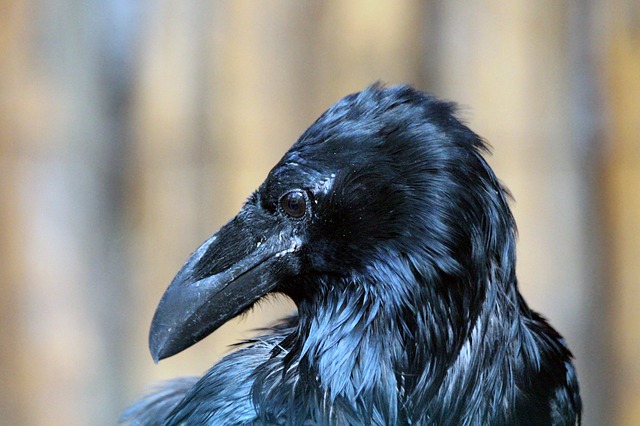
by zoosnow
Alternative Name(s)
The White Tower
Type
Megastructure
Location under
Owner/Ruler
Ruling/Owning Rank
Owning Organization
Related Myths

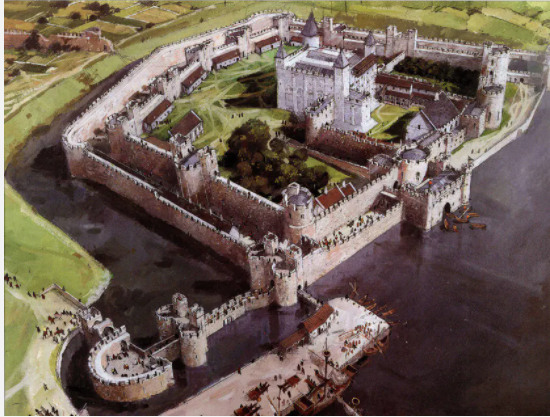

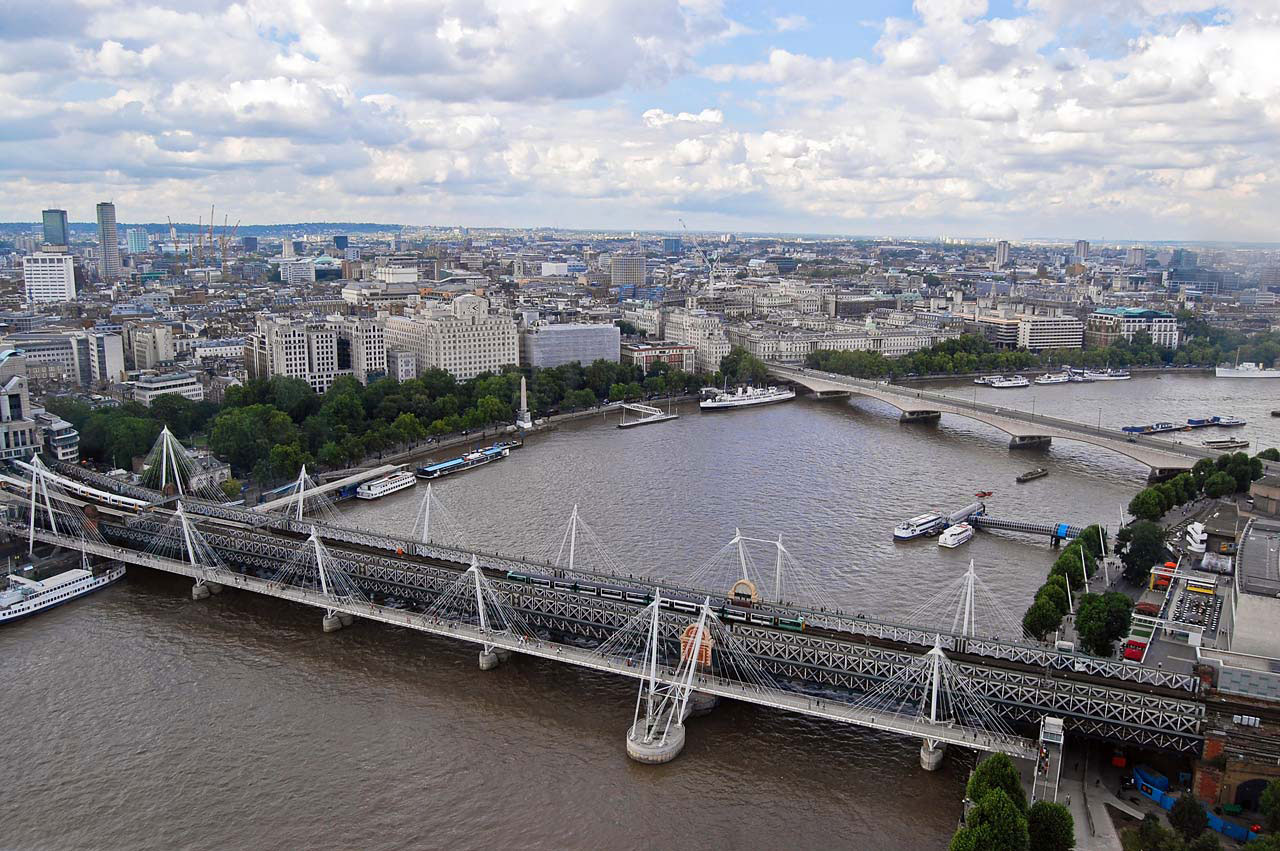
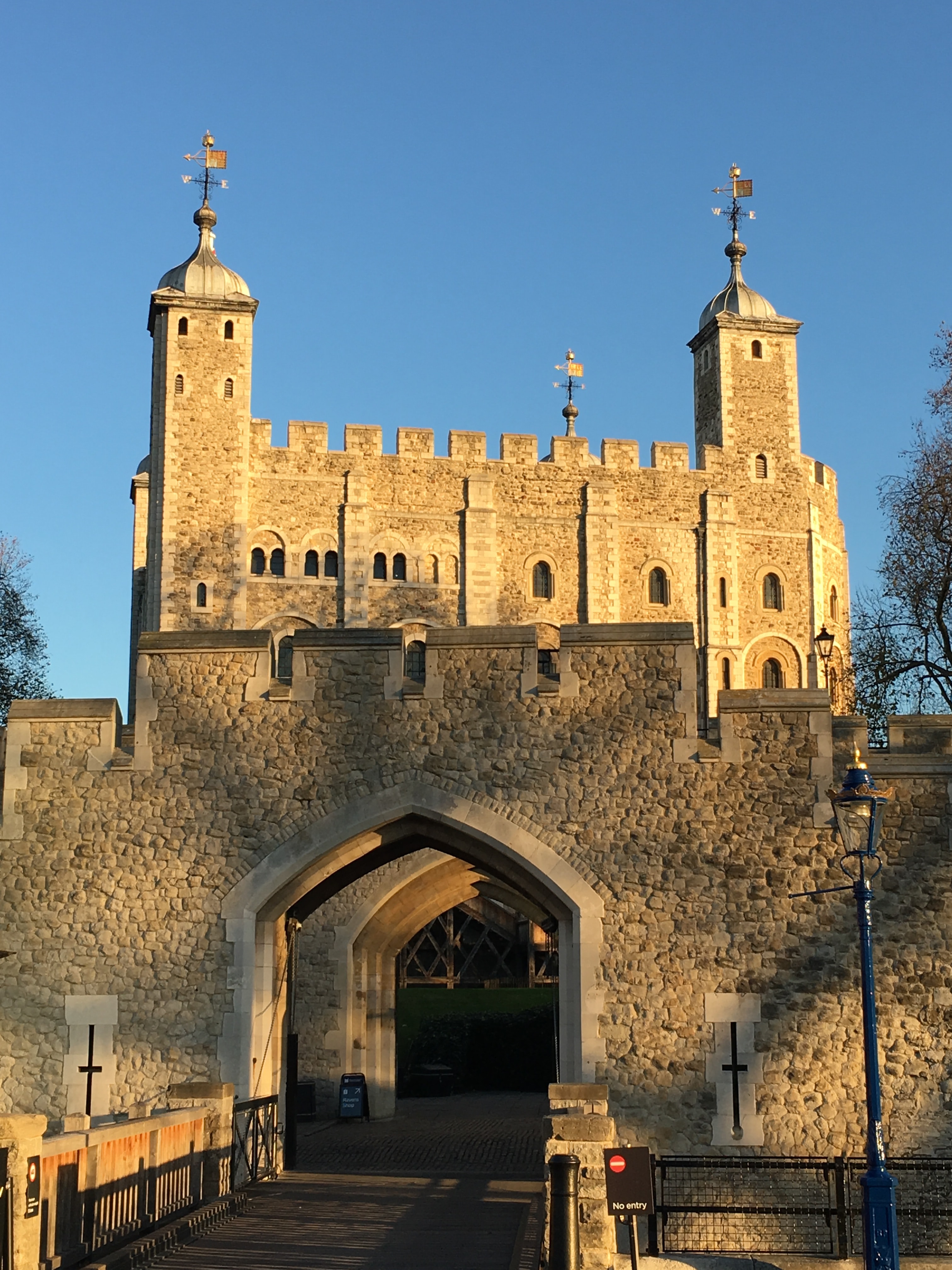

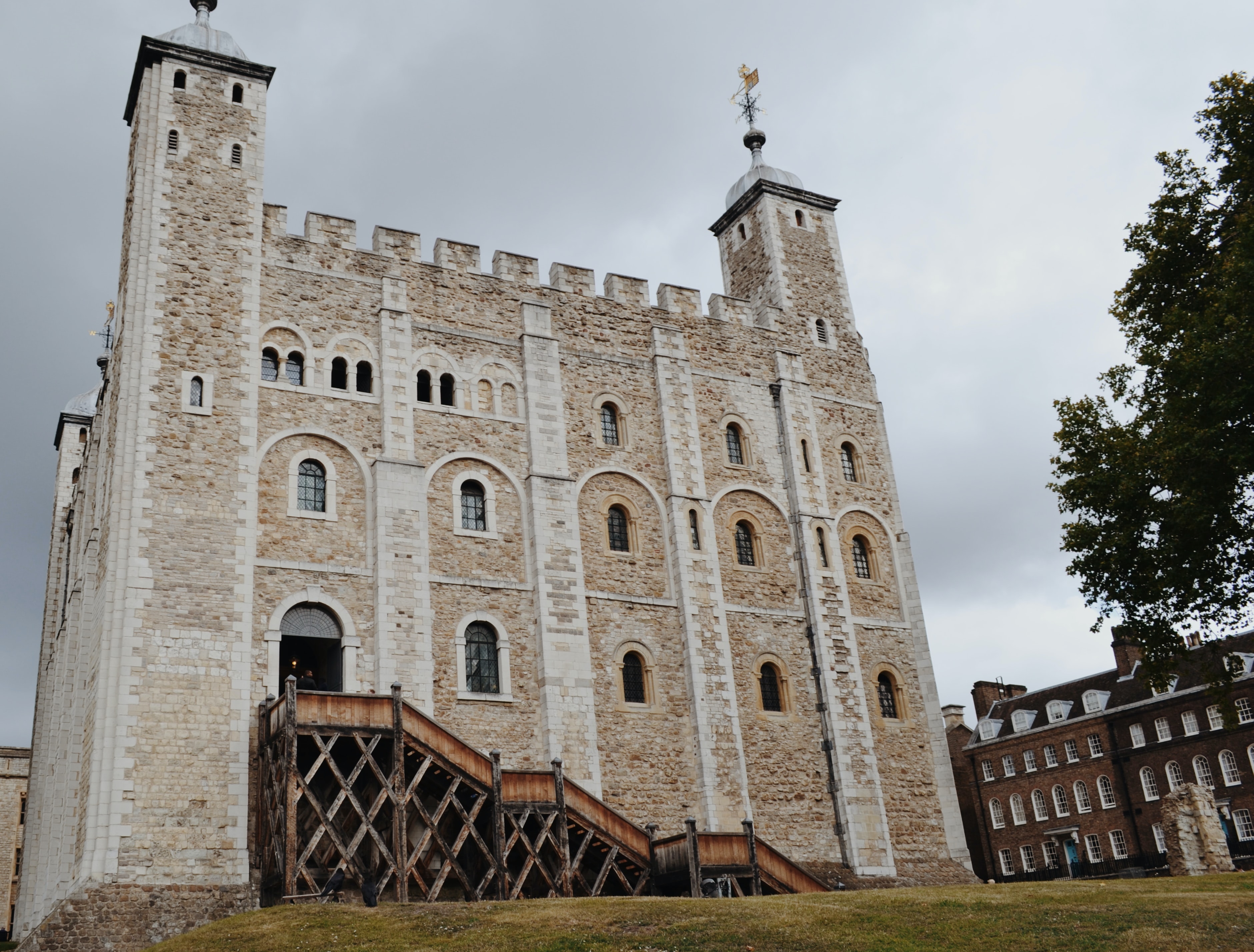


Comments